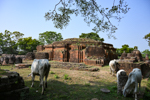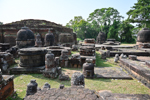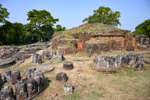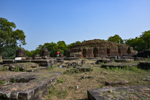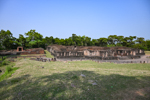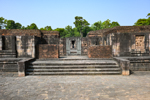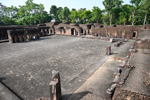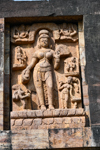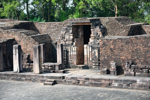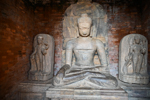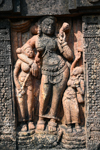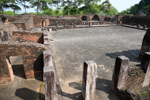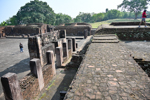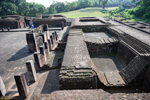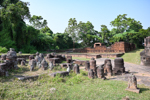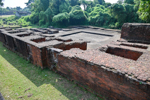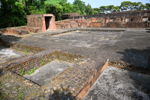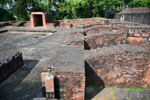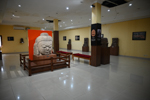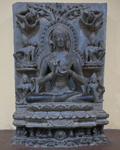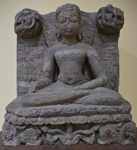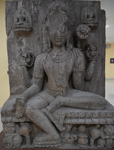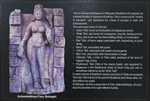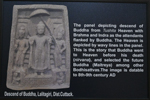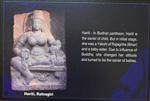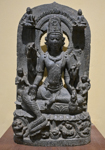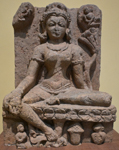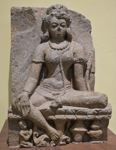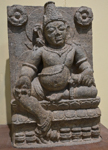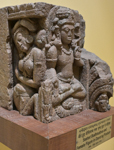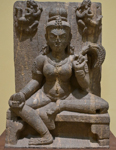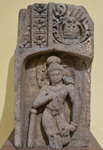Ratnagiri Mahavihara, Odisha, India (Nov 2022)
The site of Ratnagiri – once with a mahavihara, a major Buddhist monastery – together with Lalitagiri and Udayagiri, forms the famous Diamond Triangle of Buddhist heritage sites in Odisha. It operated between 5–13th centuries, with 7–10th centuries being its most architecturally significant period. The site was identified and excavated only in the 1960s, yielding much fine sculpture.
The finds include a large "stupa surrounded by several hundred smaller stupas, three quadrangular monasteries (Monasteries 1 to 3). Monastery 1 is much the largest, with a beautiful carved doorway, spacious open courtyard, cells and verandah facing the courtyard, with a spacious shrine centred on a colossal Buddha. Monastery 1 has been described as 'the finest in terms of carved stone decoration to have survived in India'. A museum at the site has recently been opened to house many pieces." (Source)
Alongside smaller stupas |
|||
Monasteries 1 and 2 |
Monastery 1 entrance |
Finely carved entrance |
Monastery 1 (more) |
Asokakanta-Marici on a |
Chaitya (more) |
Inner sanctum |
Yamuna adorning a wall |
Two-storeyed structure |
Ground floor had 24 cells |
||
Monastery 2 |
As seen from Monastery 1 |
A small monastery (more) |
Monks' rooms (more) |
ASI's Archaeological Museum at Ratnagiri |
|||
The museum has four |
Buddha in Dharmachakra |
Buddha in Bhumisparsh |
Jatamukuta Lokeshwar |
Seated Tara |
Infographic on Aparajita |
Head of Buddha |
Dharma Sankha |
Infographic on Tara |
Infographic on the |
Infographic on Hariti |
Infographic on Vasudhara |
Buddha in Bhumisparsh |
Head of Buddha |
Lokeshwar |
Tara |
Tara |
Jambhala |
Tara |
Seated Buddha & female |
Basudhara |
Lower part of a door jamb |
Votive stupa depicted with |
Infographic on Sambhara |
Designed in collaboration with Vitalect, Inc. All rights reserved. |









